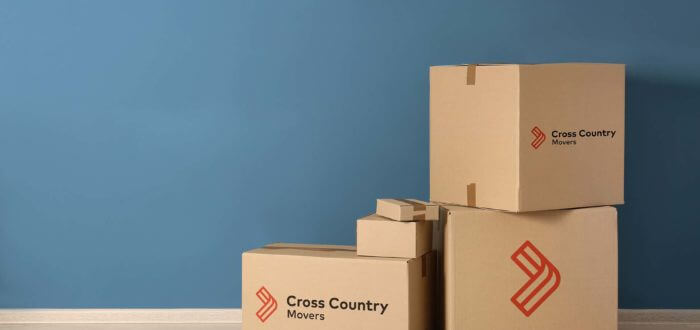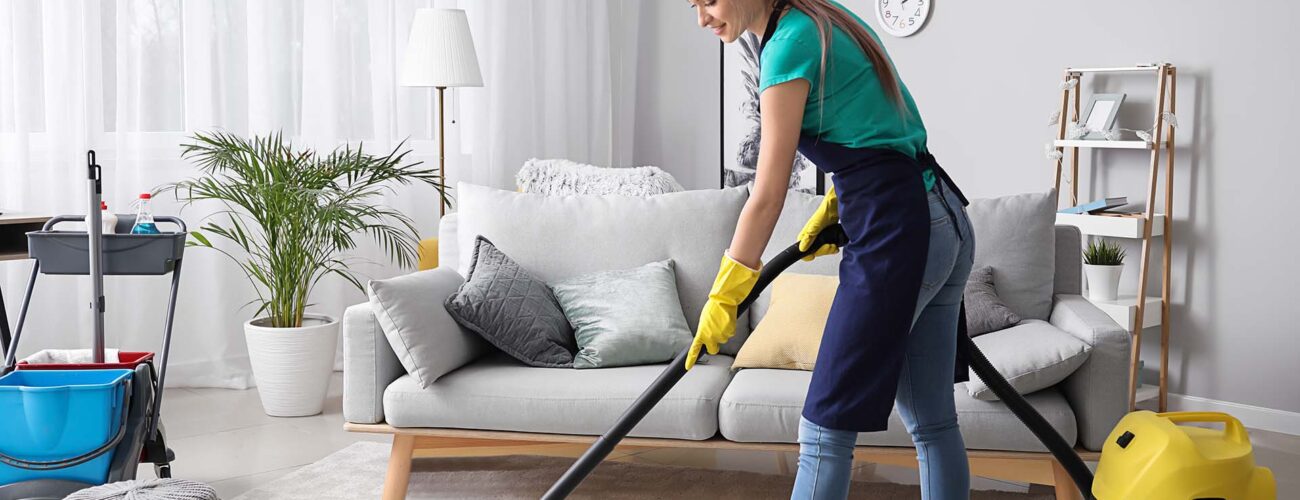

How to Pack Your Vacuum Cleaner When Moving Across the Country
Posted in How-to on January 18, 2024
Packing your vacuums for a long-distance relocation requires careful consideration to ensure they arrive safely at your new home. In this guide, we will explore the best practices on how to pack your vacuum cleaner when moving across the country. From disassembling detachable parts to securing the main unit, we’ll cover all the necessary steps to protect your appliance during transit.
How to Pack Your Vacuum Cleaner When Moving?
When packing your vacuum for a relocation to a new state, start by cleaning and emptying the dust container or bag. Detach any removable parts like hoses and brushes, wrapping them separately in bubble wrap or packaging paper. Secure the main unit with bubble wrap, paying extra attention to fragile areas.
If you have the original box, use it – if not, find a sturdy box slightly larger than the appliance. Fill any gaps with foam peanuts or crumpled paper for added cushioning. Ensure the box is firmly sealed with packing tape, and clearly label it as fragile to prevent damage during shipping to another state.
Types of Vacuum Cleaners and Their Characteristics
When planning a relocation, understanding how to pack a vacuum cleaner for cross-country moving is essential for safe transportation. Each type of cleaner has unique characteristics that require specific packing methods to ensure they are protected during shipping. Here’s a breakdown of various types and their specific packaging requirements:
- Upright vacuums – Known for their powerful suction and ease of storage, upright vacuums often have detachable hoses and accessories. When packaging, remove these attachments and wrap them individually.
- Canister vacuums – These come with a separate body and hose, offering flexibility. Disassemble the hose and wand and pack them alongside the main unit, each wrapped securely.
- Handheld vacuums – Compact and portable, handheld vacuums require minimal packaging. Wrap in a single layer of bubble wrap for protection.
- Stick vacuums – Slim and lightweight, these should be disassembled, if possible, with the main stick wrapped separately from the motor unit.
- Robot vacuums – These are often delicate, which is why it’s best to pack them in their original packaging if available or in a similar-sized box with ample cushioning.
Pre-Move Maintenance Checks You Should Perform
A proper maintenance check before the relocation to a new home is crucial. One of our best vacuum cleaner moving tips would be to begin by thoroughly cleaning the appliance, including the dust canister, filters, and brushes. Check for any loose parts or damages that might worsen during transit.
Ensure all attachments are accounted for and in good condition. Lubricate any moving parts if necessary, and make sure the cord is securely wrapped and fastened to the cleaner. This not only prepares it for relocation but also ensures it’s ready for immediate use at your new house.

What Are the Materials Needed for Safe Packing of Vacuum Cleaners?
Ensuring that cleaners are moved safely starts with the right packaging materials. High-quality bubble wrap is indispensable for wrapping the main body and detachable parts, providing cushioning and shock absorption. It’s a vital packaging material for protecting electronic appliances during moving. Durable packaging paper is great for wrapping smaller attachments and filling in gaps within the box.
Using sturdy boxes that closely match the size of your vacuum cleaner helps prevent unnecessary movement. Additionally, consider using foam padding or packaging peanuts for extra protection, especially around fragile parts. Lastly, strong tape is essential to seal the box.
Disassembling Your Vacuum Cleaner – Step-By-Step Disassembly Guide
Disassembling vacuum cleaners before a relocation to another state can minimize damage and save space. Start by unplugging the vacuum and emptying the dust container or bag. For upright models, detach the handle and any extendable wands. Remove the hose by gently twisting and pulling it away from the main unit. If your vacuum has a beater bar, use a screwdriver to remove it, being careful to keep track of the screws.
For canister vacuums, separate the main canister from the wand and head. Handheld or stick models generally have fewer parts, but ensure you remove any attached accessories. Always refer to the manufacturer’s manual for specific instructions, as disassembly can vary between brands and models.
It’s Time for Organizing and Labeling Parts
Keeping track of small parts like screws and attachments is crucial during disassembly. Use small, sealable bags for screws and label them according to the part they belong to. For larger attachments, wrap them in packaging paper and label them as well. If possible, take photos during the disassembly process to aid in reassembling appliances after the relocation.
Store all small parts and accessories together with the main unit, ensuring nothing gets lost or misplaced during shipping. Proper organization and labeling can greatly simplify the process of setting up your vacuum cleaner when you unpack after relocation.
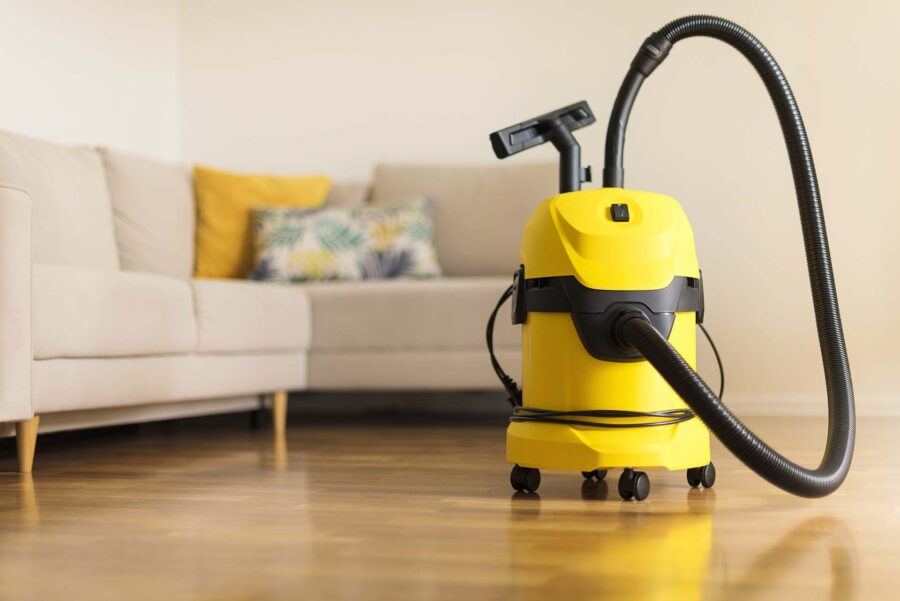
Packing and Securing Your Vacuum Cleaner
Packaging and securing your appliances properly is a crucial step in preparing for a relocation. Whether you have an upright, canister, or handheld model, each type requires specific care to ensure it arrives at your destination in the same condition it left.
Let’s dive into comprehensive instructions on how to wrap and cushion your vacuum cleaner, emphasizing the importance of protecting its various components during transport. From the main body to the smallest attachment, we’ll cover how to secure every part effectively for safe transport.
Wrapping and Cushioning Techniques You Should Keep in Mind
After cleaning and disassembly, it’s time to pack efficiently. Let’s take a look at some DIY packing strategies for home appliances. For upright models, secure the handle and base separately. Wrap the main body in bubble wrap, ensuring all sides are covered and cushioned.
For canister vacuums, wrap the canister and hose separately, using additional padding for delicate areas. If your vacuum cleaner has a HEPA filter, remove it and pack it separately to avoid damage. Secure all cords and attachments, wrapping them in soft packing material to prevent scratches and bends.
Pay special attention to fragile areas like the brush head and wheels. Utilize soft packaging materials to wrap smaller components and attachments. Ensure that every part is snugly wrapped and padded, preventing movement and friction that could cause damage.
How to Place the Vacuum Cleaner in a Box Correctly
Choose a sturdy moving box that can comfortably accommodate the appliance and its parts, allowing space for cushioning materials. Place the heaviest parts at the bottom of the box, adding a layer of bubble wrap or foam peanuts for a cushioned base. Arrange the wrapped parts inside, ensuring they fit snugly without excessive force.
Fill any gaps with crumpled packaging paper or foam peanuts to prevent shifting during transport. Seal the box with strong packing tape and label it clearly, indicating the contents and fragile nature. It’s usually best to just write “fragile items” on the box. Remember to keep the box upright, and consider marking the top side to ensure careful handling.
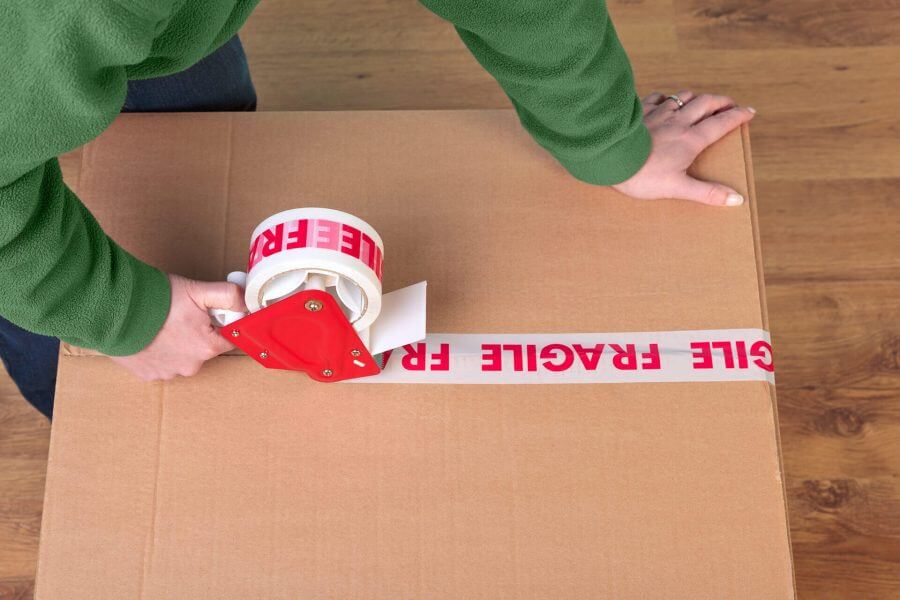
Loading and Transporting Your Vacuum Cleaner
When loading and transporting your vacuums, careful placement in the relocation truck is crucial to prevent damage. Place the box containing the cleaner in a secure, stable spot in the truck, preferably between heavier, sturdier items that won’t shift during transit. It’s wise to avoid stacking heavy boxes on top of the vacuums to prevent crushing.
If possible, position the appliance upright, as this is often the most stable orientation. Ensure that there’s sufficient cushioning around the box, using soft items like blankets or pillows to absorb shocks and vibrations from the road. Lastly, avoid exposure to extreme temperatures or moisture, which could harm the components of the appliance.
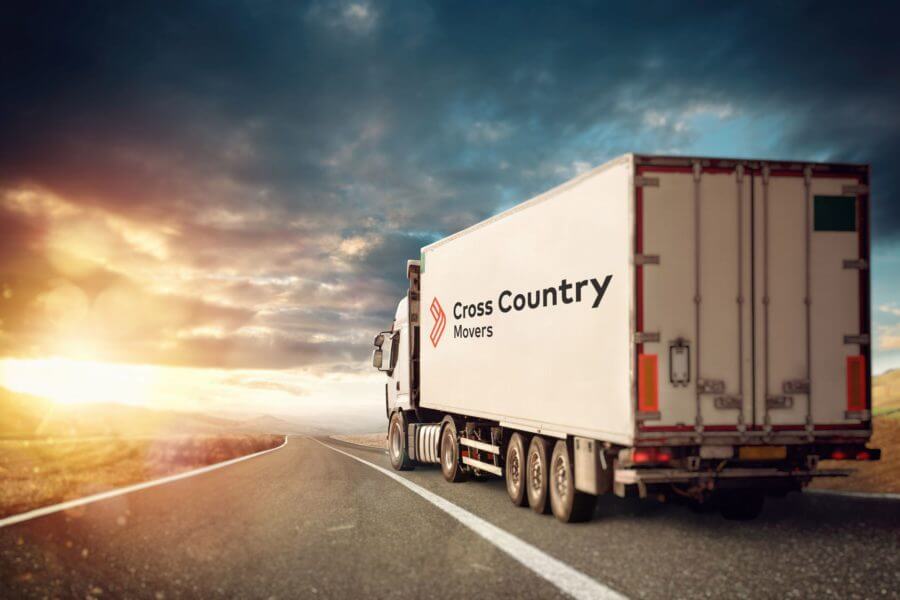
When Should You Hire Long-Distance Movers?
Deciding when to hire long-distance movers for professional packing services for appliances often depends on several key factors. If you’re moving a significant distance, especially across state lines, hiring movers can alleviate the stress of navigating unfamiliar routes and logistics. In this case, self-moving a vacuum cleaner is not recommended. Large items like appliances often require the expertise and equipment that movers provide.
Additionally, if time constraints are a concern, professional movers can expedite the process efficiently. Consider hiring movers if you have valuable or fragile items, as they have the expertise to ensure safe transport. Ultimately, the decision hinges on your relocation budget, the complexity of the relocation, and your personal comfort with handling the logistics yourself.

Contact Cross Country Movers – Let Our Expert Team Help You With Your Long-Distance Moving Journey
Embarking on a long-distance moving journey can be daunting, but with Cross Country Movers, you’re in expert hands. Our seasoned team specializes in cross-country relocations, ensuring your belongings are safely and efficiently transported. We offer professional moving services, utilizing the best techniques to safeguard your items.
Whether it’s delicate heirlooms or bulky furniture, our skilled crew handles every item with care. Choosing Cross Country Movers means peace of mind, knowing your relocation is managed by professionals. Don’t let the stress of moving overshadow your new beginning. Contact us today and experience a seamless, worry-free relocation.
How Should I Clean My Vacuum Cleaner Before Packing It for a Move?
Cleaning your cleaner before a move is essential. Empty the dust container or replace the bag. Clean the filters and brush rolls to remove debris and dust. Wipe down the exterior with a damp cloth and ensure the hose is free from blockages. Allow all parts to dry completely to prevent mold and mildew growth during transit.
Can I Pack My Vacuum Cleaner in Its Original Box?
Packing your cleaner in its original box is ideal. These boxes are designed specifically for the appliance’s dimensions and provide the best protection. If you’ve kept the original padding and inserts, use them to secure the appliance in place. If the original box isn’t available, choose a sturdy box close in size and use ample cushioning materials.
What Should I Do if I Lose a Part of My Vacuum Cleaner During the Move?
If you lose a part of your cleaner during the move, check with the manufacturer for replacement parts. Many companies sell individual components. If the lost part is critical for operation, avoid using the appliance until it’s replaced to prevent damage.
Is It Necessary to Disassemble My Vacuum Cleaner for Moving?
Disassembling your cleaner for a move is advisable, especially for larger models. It makes packing easier and reduces the risk of damage. Remove attachments like hoses, handles, and brushes. This not only protects these parts but also makes the vacuum more compact and easier to handle.
How Can I Protect Fragile Parts of the Vacuum Cleaner During the Move?
Protect fragile parts of the cleaner by wrapping them individually in bubble wrap or packing paper. Pay special attention to delicate areas like the brush head and attachments. Secure these wrapped parts in a box with cushioning materials like packing peanuts or crumpled paper to prevent movement and potential damage during transit.
